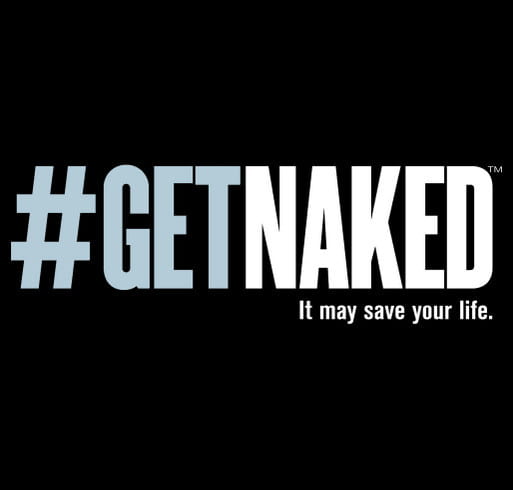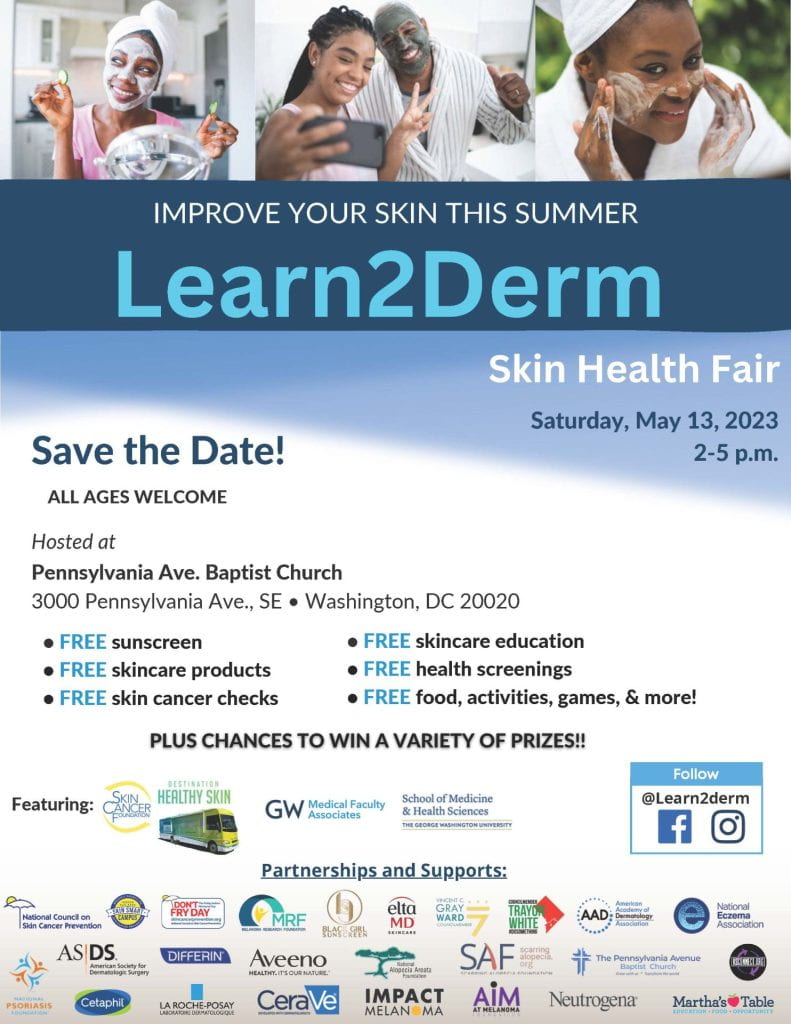
It’s nearly summer! When was your last skin check?
Malignant melanoma is the most serious type of skin cancer. For 2022, the American Cancer Society estimated nearly one hundred thousand new diagnoses of melanoma, making it the fifth most common type of cancer in the United States. Advances in melanoma treatment over the past decade have fortunately begun to make it a less deadly disease if caught early.
Melanoma is most often diagnosed by dermatologic exam and skin biopsy, but you can play a part in the early detection of melanoma by doing skin self-exams, and particularly noting any spots that meet the ABCDE guidelines:
- A is for Asymmetry: One half of a mole or birthmark does not match the other.
- B is for Border: The edges are irregular, ragged, notched, or blurred.
- C is for Color: The color is not the same all over and may include different shades of brown or black, or sometimes with patches of pink, red, white, or blue.
- D is for Diameter: The spot is larger than 6 millimeters across (about ¼ inch – the size of a pencil eraser), although melanomas can sometimes be smaller than this.
- E is for Evolving: The mole is changing in size, shape, or color.
While superficial spreading melanoma is the most commonly diagnosed type, there are numerous types of melanoma. Controlling ultraviolet exposure, including ceasing the use of tanning beds, is one action that can help to prevent melanoma from developing. However, childhood sun exposure remains an important risk factor in the development of the disease.
Acral lentiginous melanoma is most frequently diagnosed in patients with darker skin and those of Asian descent, and is most frequently found on the palms of the hands, soles of the feet, and under nails. It is not caused by sun exposure. The misconception that people of color cannot develop melanoma has led to delayed diagnosis of melanoma, which leads to poor outcomes for patients. Check out the Himmelfarb Library’s Diversity in Dermatology collection to explore dermatology resources which include representations of the full range of human skin tones.
Here at GW, two SMHS student dermatology interest groups are marking May with a couple of events focused on skin health. Learn2Derm will host an event on Saturday, May 13 from 2-5 p.m. at the Pennsylvania Avenue Baptist Church which will bring skin health topics, resources, and services to community members with limited access to dermatology. Students from GW, Howard University and Georgetown University will take part in this event. This event will also feature a visit from the Skin Cancer Foundation's Destination Healthy Skin RV, which travels around the country providing free skin checks. Email learn2derm@gmail.com to volunteer to help out at this event!

The Dermatology Interest group will support a nonprofit, IMPACT Melanoma, with a doubles tennis tournament at GW’s Mount Vernon campus on Saturday, May 20 from 10 a.m. to 4 p.m. This event, held in conjunction with students from Georgetown University and Howard University, will raise funds for IMPACT Melanoma’s mission to bring education, sunscreen dispensers, and sun shelters to underserved communities.

Whether it's playing tennis for a cause, raising awareness about how to keep skin healthy, or just picking up the phone to make an appointment with a dermatologist, there are plenty of things you can do this month to take care of yourself and your community. When it comes to skin health, what's on the outside counts just as much as what's on the inside.
References:
- American Academy of Dermatology Association. What to look for: ABCDEs of melanoma. (n.d.). American Academy of Dermatology Association. https://www.aad.org/public/diseases/skin-cancer/find/at-risk/abcdes
- American Cancer Society. Cancer Facts & Statistics. (n.d.). American Cancer Society. https://cancerstatisticscenter.cancer.org/#!/?module=BmVYeqHT
- AIM at Melanoma Foundation. Acral Lentiginous Melanoma. (n.d.). AIM at Melanoma Foundation. https://www.aimatmelanoma.org/melanoma-101/types-of-melanoma/cutaneous-melanoma/acral-lentiginous-melanoma/
- AIM at Melanoma Foundation. Types of Melanoma. AIM at Melanoma Foundation. (n.d.). https://www.aimatmelanoma.org/melanoma-101/types-of-melanoma/
- Dennis, L. K., Vanbeek, M. J., Beane Freeman, L. E., Smith, B. J., Dawson, D. V., & Coughlin, J. A. (2008). Sunburns and Risk of Cutaneous Melanoma: Does Age Matter? A Comprehensive Meta-Analysis. Annals of Epidemiology, 18(8), 614–627. https://wrlc-gwahlth.primo.exlibrisgroup.com/permalink/01WRLC_GWAHLTH/gr7gmc/cdi_crossref_primary_10_1016_j_annepidem_2008_04_006
- Himmelfarb Health Sciences Library. Diversity in Dermatology. (n.d.). https://wrlc-gwahlth.primo.exlibrisgroup.com
- Melanoma Research Alliance. Acral Melanoma: What You Need to Know. (n.d.). https://www.curemelanoma.org/about-melanoma/types/acral-melanoma
- Memorial Sloan Kettering Cancer Center. Superficial Spreading Melanoma. Memorial Sloan Kettering Cancer Center. (n.d.). https://www.mskcc.org/cancer-care/types/melanoma/types-melanoma/superficial-spreading-melanoma
- National Center for Biotechnology Information (NCBI). NCBI Bookshelf. Skin Cancer as a Major Public Health Problem - The Surgeon General’s Call to Action to Prevent Skin Cancer. NCBI Bookshelf. (n.d.). https://www.ncbi.nlm.nih.gov/books/NBK247164/#skincancer.s2


